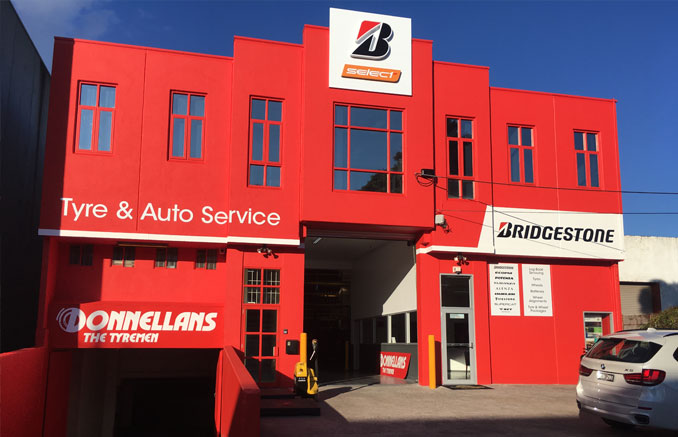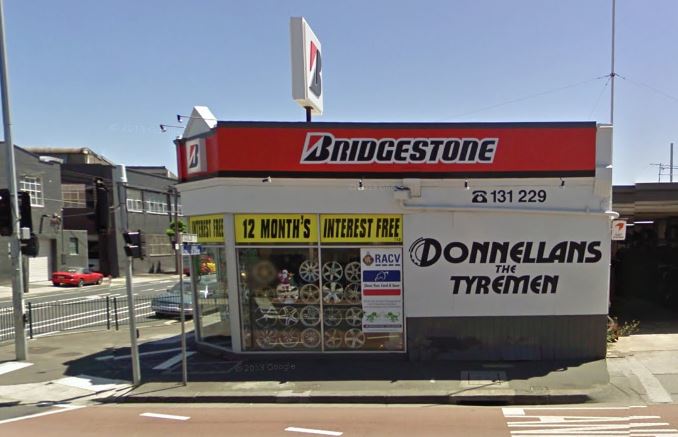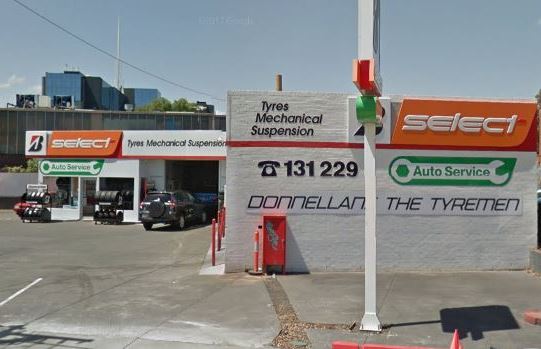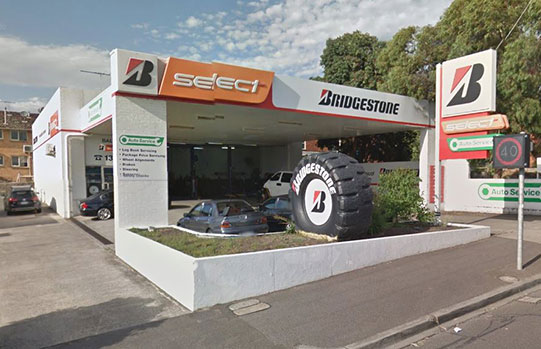Back to Latest News
The Importance of Brake servicing
Brakes are arguably the most important safety feature in any vehicle. After all, slowing down is by far the most effective way of avoiding injuries and accidents.
The first cars only had brakes on the rear wheels, however, in events where brakes were used to stop a vehicle in an emergency, this could result in the vehicle sliding out of control. It wasn’t until the 1920’s that vehicles came fitted with brakes on all four wheels.
A majority of the safety features of your vehicle rely heavily on the braking system being in perfect working condition to function properly. Electronic stability control, Anti Lock Brakes, Automatic Emergency Braking and Adaptive Cruise Control will all fail to function correctly if the braking system isn’t in working order.
How do brake systems work?
A vehicle travelling down the road has a tremendous amount of kinetic energy. In order to slow down a vehicle, the job of the braking system is to convert that energy into heat, through friction.
This friction comes from pressing a brake pad (or shoe) against a rotating metal component that is connected to, and rotates with, the wheel.
When you push your brake pedal, a hydraulic cylinder will push fluid through a series of hoses to each corner of the car where a slave cylinder will exert pressure onto a brake pad (or shoe, but more on that next).
Drum Brakes
Drum brakes typically have a pair of ‘shoes’ that push outwards against the inner face of a cylindrical drum.

The benefit of drum brakes is that they require less fluid pressure to exert the same braking force, as well as being reasonably damage resistant. Brake shoes typically have more surface area and will have a longer service lifespan than brake pads.
A great benefit of drum brakes is that most of the brake dust is contained within the drum, however, this means changing drum shoes is a horribly messy process involving toxic dust and harsh cleaning chemicals.
Downsides, however, are that because the braking components are contained within a semi-sealed housing, there is very little in the way of heat dissipation, causing drum brakes to lose effectiveness over periods of extended braking, such as controlling vehicle speed down steep descents.
Disk Brakes
Originally conceived in the very early 1900’s, disc brakes actually predate drum systems. However, the metallurgical technology didn’t exist to create a reliable disc brake system which is why drums reigned supreme until around the 1950’s when technology advancements made the systems a much better alternative in most applications.
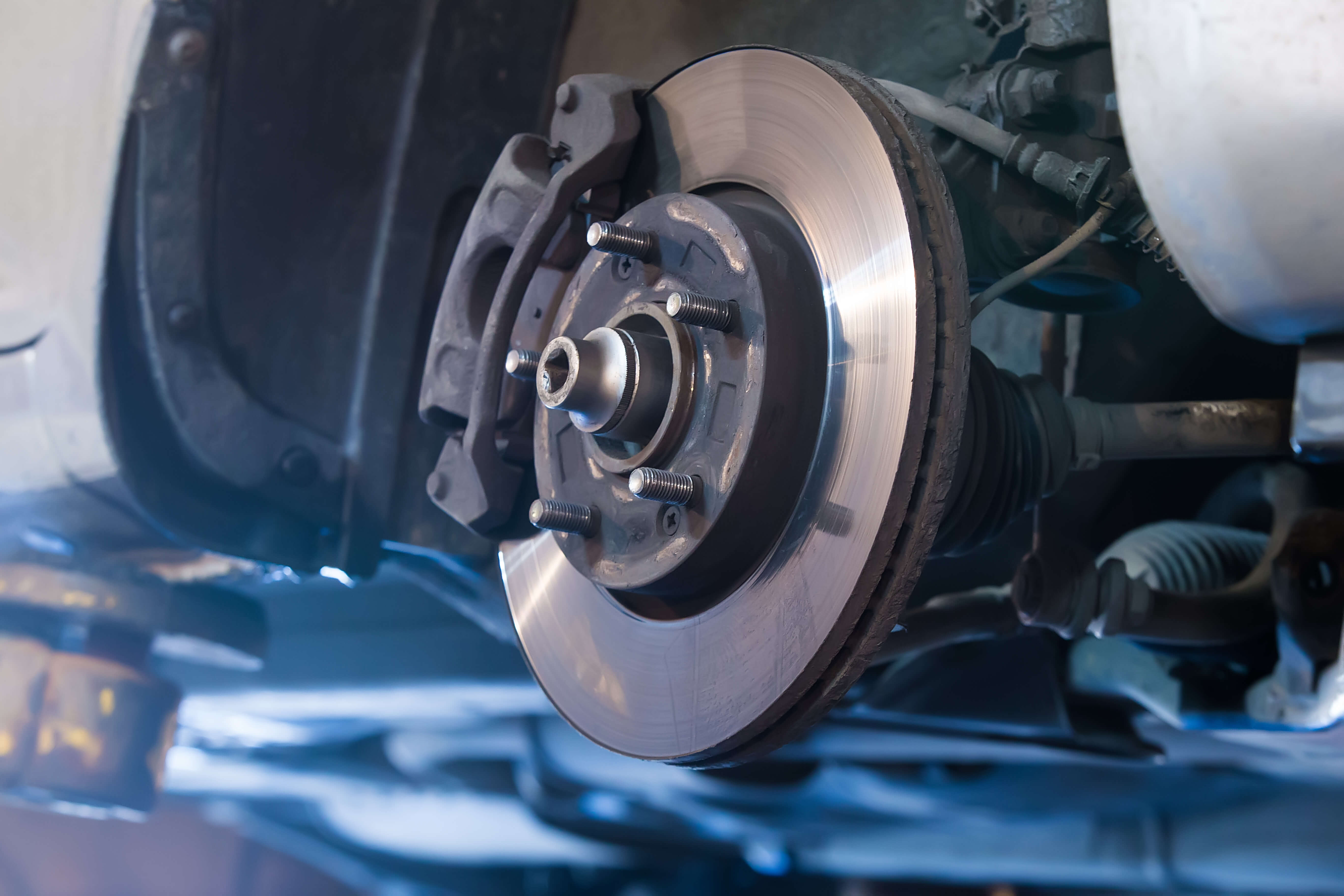
In a hydraulic disc brake setup, a rotor that spins along with the wheel is squeezed on both sides by brake calipers fitted with a brake pad on either side.
Most modern vehicles use disc brakes as they offer easier servicing and less bulky components but their main benefit is their heat dissipation abilities.
Because disc brake components are exposed to fresh air, they are excellent in performance applications and situations where they are subjected to extended periods of heavy braking where the brake components can cool down and be ready to accept more heat next time the brakes are used.
Do brake components wear out?
Both the brake rotor/drum as well as the friction material on the pads/shoes are wear items. As the brake system is used in normal operation, the brake pads will slowly wear away. The rotor/drum will also wear away but at a much slower rate. You might find that a set of rotors or drums might last 5-8 pad changes.
As brake components wear, the friction material is turned into a fine dust that can coat your wheels. This is typically harmless, but when servicing brake components, care must be taken not to accidentally breathe in this dust.
Most pad types will have a metal tab that will make contact with the brake rotor and alert the driver that the pad is getting low and needs replacement by making a loud noise when braking.
What are the signs of a faulty brake system?
If you push your brake pedal and you have a screeching or grinding noise, or experience a vibrating brake pedal, it’s a sure sign that something is wrong.
Occasionally, brakes that have overheated may permanently warp, causing steering wheel shaking when braking. This is sometimes fixable, though if the components have gotten hot enough to warp, it’s sometimes a better option to replace them.
A screeching noise coming from your brakes could signify that your brake pads are simply wearing down and need replacement, or it could be more serious. If in doubt, get your brakes checked by a qualified mechanic.
Contact us today
If you suspect your vehicle has issues with the brakes, contact us today. Whether it’s a shaking brake pedal, or loud noises while using your brakes, don’t take any chances with yours and your families safety and come talk to the experts at Donnellans.
We have 5 workshops located across South East Melbourne.
Click the link below to find a location close to you.
Contact us today
